Hapag-Lloyd substantially increases rate, revenue and results
 |
| Hapag-Lloyd's " Colombo Express " |
Following a seasonally weak first quarter, Hapag-Lloyd achieved a turnaround in the second quarter of 2012, improving its results by more than EUR 125 million compared to Q1.
This was primarily due to the rate increases implemented by the company, which started to become effective in the second quarter. The weighted average freight rate rose by 7.4% in Q2 2012, taking it to USD 1,594 per TEU.
This was USD 110 per TEU higher than in the first quarter and USD 63 per TEU up on Q2 2011. The transport volume totaled 1.36 million TEU in the three months to June – approximately 2% higher than in the same period of last year.
Hapag-Lloyd also recorded a sharp increase in revenue, which amounted to around EUR 1.8 billion in the second quarter, a growth of some 21% on Q2 2011.
In the second quarter, Hapag-Lloyd had to cope with a massive rise of EUR 330 million in transport expenses (+26%) as against the same period of last year. This stemmed particularly from soaring energy prices.
At USD 694 per tonne, the average bunker consumption price in Q2 was well above the going rate from a year earlier, which was already high (USD 609 per tonne). It was also substantially up on the previous years’ average prices (2011: USD 605 per tonne, and 2010: USD 453 per tonne).
As well as affecting bunker, the rising energy prices impacted services provided by terminal operators and carriers using inland waterways, rail, and road networks. Hapag-Lloyd buys these kinds of services around the world.
Despite the extreme pressure on costs, Hapag-Lloyd generated an operating profit of EUR 30.8 million (adjusted EBIT) in the second quarter of 2012. It thereby improved on its second-quarter performance from 2011 by 18%.
After deducting interest and taxes, the company almost broke even in Q2 2012, posting a group net result of EUR -7.3 million. EBITDA came in at approximately EUR 102 million (Q2 2011: EUR 85 million).
“Hapag-Lloyd increased the rate level very successfully in the second quarter. Following on from Q1 – which is always seasonally weak – this means that we returned to operating profitability because we have a highly efficient cost management system and have consistently prioritized price quality over transport volume. However, the further increase in expenses for bunker and other energy costs prevented us from posting an even better result,” said Michael Behrendt, Chairman of the Executive Board of Hapag-Lloyd.
“High bunker prices in particular cause our expenses to increase dramatically – they are by far the biggest cost factor for our business. Further rate increases are crucial to compensate for these elevated external costs. The cargo on board our vessels has to cover the cost of transportation. Otherwise, we will be unable to operate our reliable, global maritime shipping networks sustainably – something which the globalized economy relies on.”
In the first six months of 2012, revenue increased by more than 14% compared to the first half of 2011, coming in at EUR 3.4 billion. Hapag-Lloyd transported more than 2.68 million TEU – an increase of 5.8%.
Transport expenses for the first half were up by a total of EUR 561 million on last year, largely due to higher energy costs. This is equivalent to a 22% rise. EBITDA totaled EUR 80.9 million in the six months to June, while the adjusted EBIT stood at EUR -68.7 million due to the seasonally weak first quarter.
Investments of EUR 494.6 million were made in the first half, with most of the funds going towards ships and containers. Long-term financing has been secured successfully for the vessels on order and all the investments in containers which have been made and are planned. Equity of EUR 3.26 billion and an equity ratio exceeding 47% (as of June 30th) illustrate that Hapag-Lloyd’s financial structure remains sound.
Following a slight easing in bunker prices at the end of the second quarter, the current trend is pointing upwards again. For this reason, rate increases were recently announced for a number of trades, and further price hikes will be unavoidable.
Hapag-Lloyd is striving to post positive operating earnings again for the current financial year, provided that there is no fundamental escalation of the risks and assuming it proves possible to implement further rate increases in the course of 2012.
At present, Hapag-Lloyd has around 6,970 employees at 300 sites in 114 countries. The fleet consisted of 147 vessels with a total capacity of 667,000 TEU on June 30th. On July 5th, Hapag-Lloyd also took delivery of the first of ten 13,200 TEU newbuilds. The vessel will be named ‘Hamburg Express’ at a ceremony in Hamburg on August 17th. < Korea Shipping Gazette >
많이 본 기사
- 신년특집 기획/ 새해 컨시장 기상도 유럽 상승 vs 북미 혼조컨운임지수 넉달만에 2500선 넘어…6주 연속↑中 코스코, 벌크선 최대 18척 발주…선단확충 속도페덱스, 페덱스프레이트 분리한다…“소량트럭화물 시장 선도할 것”케이씨티시, 대한민국해양연맹에 1억원 기부BDI 1015포인트…케이프·수프라막스선 하락세 이어져건강칼럼/ 급성기관지염, 자주 재발하면 천식으로 이어질까?해운협회, 부산항내 중대재해 예방 안전캠페인해운조합, 전환교통지원사업 24일까지 공모‘무사고 무재해 염원’ 부산항 안전기원제 개최
- 여수해경, 해양환경관리 모범선박 예인선 <세진 101>호 선정경기평택항만공사, 평택·당진항 배후단지 업무편의시설용지 분양부음/ 한국선급 최원준 부사장 모친상태웅로직스, 한화토탈에너지스 우수 파트너사 선정인천신항 선광신컨테이너터미널, 전기구동 야드트랙터 13대 도입대한조선, 그리스 선사 발주 석유제품운반선 4척 동시명명관세청, 설맞아 수출입화물 선적지원·24시간 통관등 특별대책 시행인사/ 우진글로벌로지스틱스상하이항 5000만TEU·싱가포르항 4000만TEU 나란히 돌파롯데글로벌로지스, ‘소비자불만해결 우수사업자’ 선정





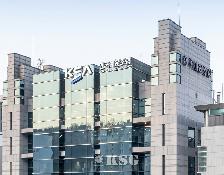
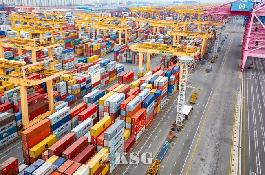

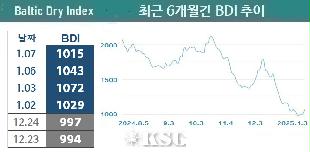



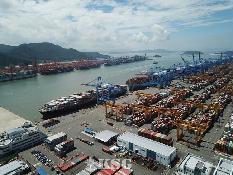
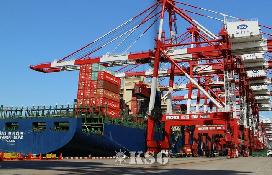
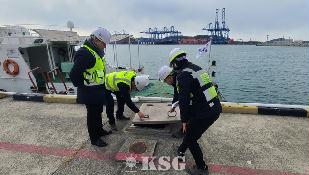
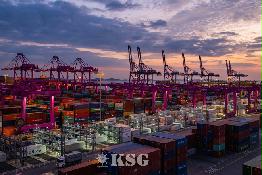
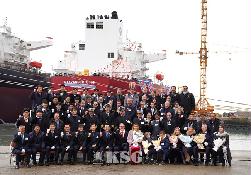

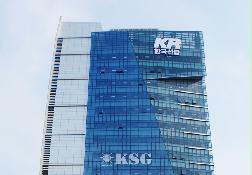
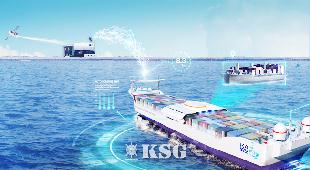
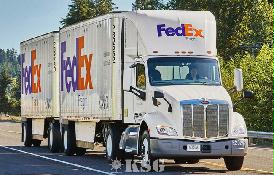
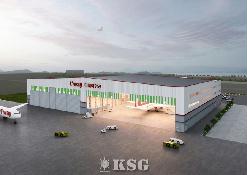
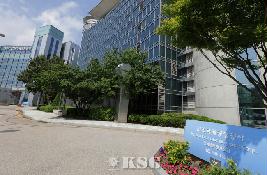

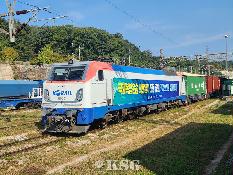
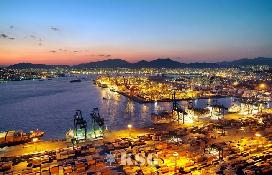
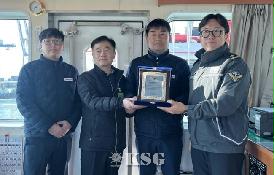
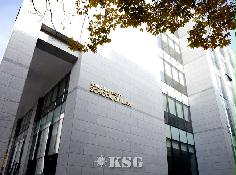
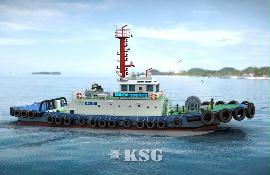

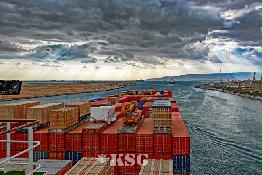








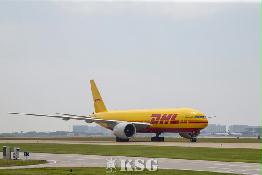
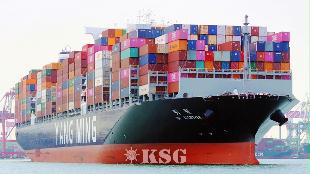
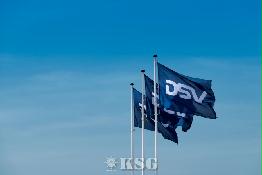
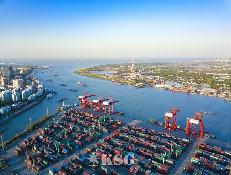
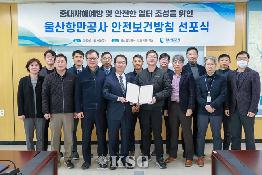








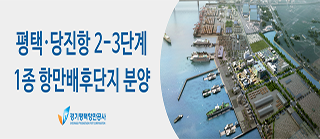












0/250
확인